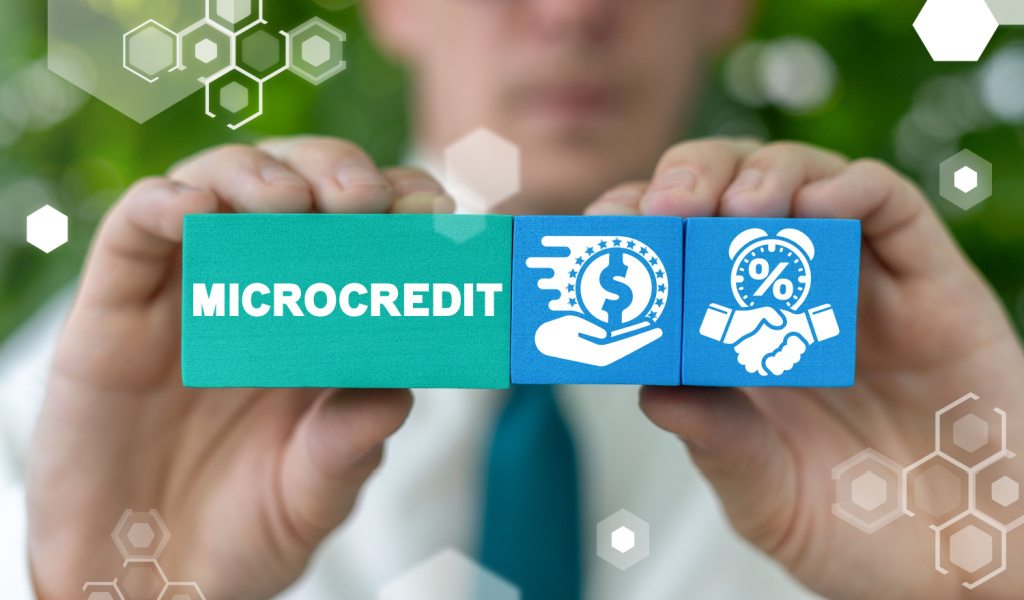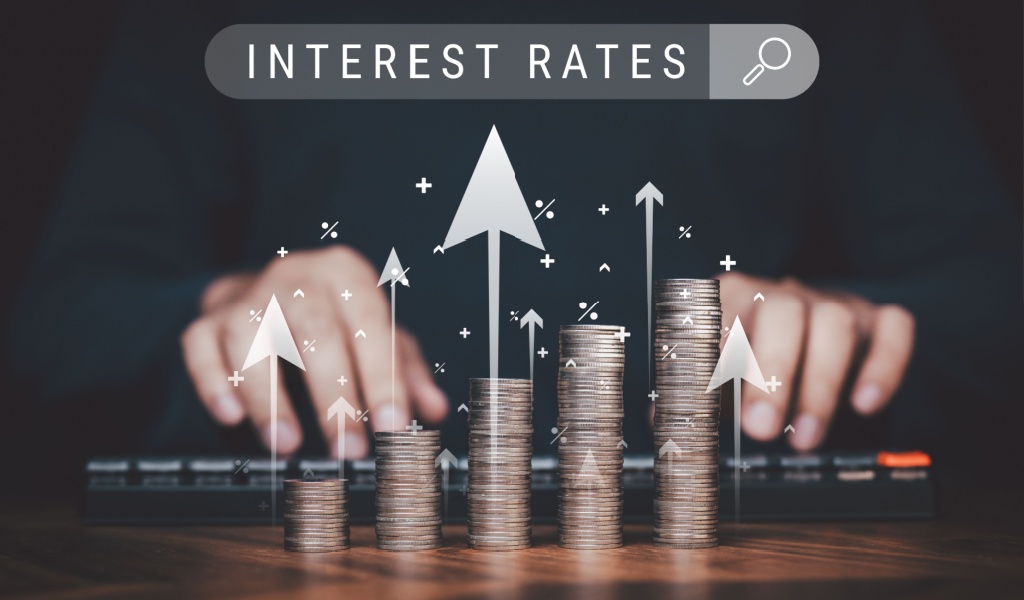The microloan initiative aims to provide smaller loans – typically up to $100,000 for people who are not able to approach traditional financial institutions or do not have enough collateral or credit. Small business owners and other individuals can use this as a means to secure their financial needs.
To qualify for a microloan, the borrower has to have a clear idea about how he/she will be using the money. They must submit relevant information regarding their income, expenses, and project. After assessing their ability to repay the money and their eligibility, the lender will approve the loan. Every microfinance institute will have its own interest rates, repayment methods, and other terms and conditions. They will also have a unique disbursement system to decide if they will lend in as a lump sum or in installments.

How It Started
The Microloan system stems from microfinancing trends introduced by a banker called Mohammad Yunus in Bangladesh. This alludes to the Grameen bank project which was intended to serve underprivileged men and women, prevent exploitation by money lenders and create a pathway for self-employment opportunities.
The institution for lending money was set up in a place where the borrowers can regularly visit so that they can function under the monitoring of the lender or intermediator. Microloans can also be considered as a form of social finance that contributes towards economic development for communities and financial upliftment for individuals.
Microloans & Peer-To-Peer Lending
During peer-to-peer lending, investors and borrowers are connected through an intermediary platform. The intermediator will be managing the loan transaction and the repayment process. The investors will study the potential borrower’s financial profile and credit history to decide on the borrower. Investors may elect to whom they will be lending but the borrowers might not be able to select their investor. This method of financing is becoming more popular as investors are directly connected to the borrowers and both parties reap their benefits.
Pros & Cons for The Borrowers
The age-old tradition of microlending that originated in the developing world has now become a common practice around the world, carried out through the internet. It has become more feasible because of increased connectivity between potential investors and borrowers. However, something that is beneficial for one party could be challenging to the other. Let’s have a look at how it serves both parties and what they find disadvantageous.
The foremost advantage for the borrowers is that they get the capital they need for their small businesses. This could even be a lifeline for survival for many where they can use this small amount of money, which they could not get from a bank, to start or grow their businesses. Since this is a direct transaction between the two people, the lender may have flexible terms and conditions for the borrower to suit his capability. Borrowers also get training and education in financial management to improve their creditworthiness.
It’s not all positive for the borrowers either – they may also face some disadvantages when opting for a microloan. Due to the higher possibility of defaulting on loans, lenders may have higher interest rates compared to traditional banks. Furthermore, these loans only provide a small amount, and therefore, the borrower’s business goal can be very limited. Borrowers also have a risk of over-indebtedness if they fail to make the required profit and regularly repay in installments.

Pros & Cons for The Lenders
Microlending is a socially impactful venture for investors. They become contributors toward the betterment of financially struggling communities. Investors may have several other monetary benefits to multiplying their capital value. They can consider it to be a passive form of investment that gives them regular cash flow.
These investors also have the opportunity to choose an array of borrowers, considering the risk factors and carefully going through each of their financial profiles. So, even if a few of the borrowers default on the loan, the lender should be able to earn the expected returns from the rest of the borrowers.
As for the “cons” side of things, lenders should be well aware of the challenges they may face before they start investing in microloans. If they are approaching borrowers through an intermediary, they may have to pay a service fee. On the other hand, the intermediary will be responsible for screening applicants and reviewing borrower reports, which takes some of the pressure off the lender. But, keep in mind that intermediaries will also have their own policies that the investors have to abide by.
Though microloans are small amounts, they may not be a form of reliable investment since recovering losses may not easily happen. Lack of liquidity is another limitation for investors. Unlike in other forms of trading, investors might not be able to easily sell their investments when needed.
A Final Word
This article is a brief study that attempts to explain the basics of microloans. It helps to understand what microloans are, how they originated, and how it functions in the contemporary world. Amidst all the challenges of microlending, it has been a successful form of trading for decades across different parts of the world. If you are considering investing in microloans or borrowing one, you need to do thorough research to understand how applicable it could be to you and how to get reliable parties to trade with.



